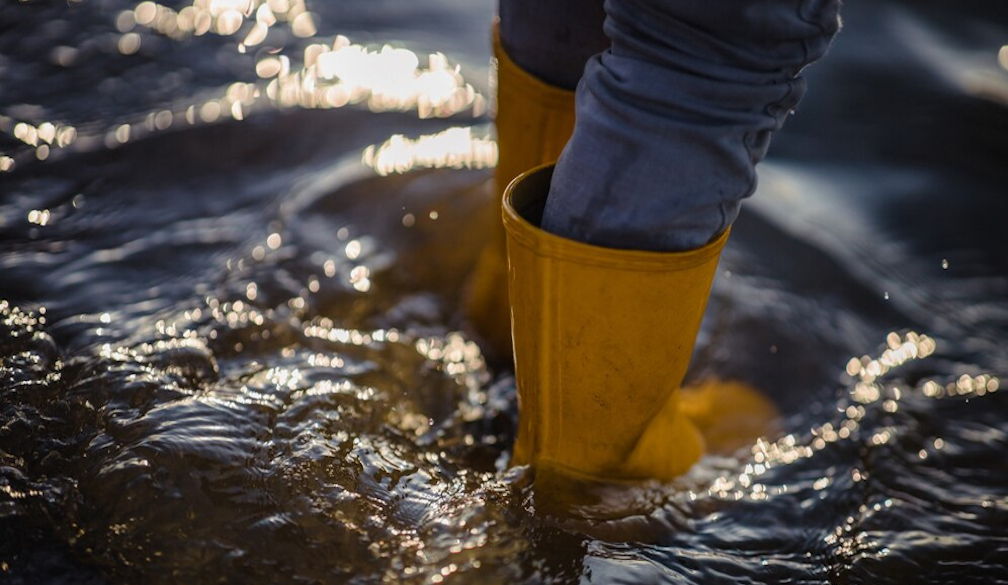Cleaning Blocked Stormwater Drain- A Complete Guide

Storm drains play an important role in preventing flooding during heavy rains. They provide an outlet for rainwater runoff from streets, rooftops, and yards to drain away from properties. But as per experts like The Relining Company, when debris obstructs the drains, water can back up quickly and cause hazardous ponds or washouts. Learning proper methods of cleaning blocked stormwater drain helps keep stormwater drainage functioning properly.
Understanding Storm Drain Systems
Storm drains are the metal grates found along curbs and roads. They connect to underground drainage pipes that channel excess rainwater away from developed areas. Common storm drain components include:
Catch basins and inlets – These collect rainwater from surfaces via street gutters and drainpipes from buildings.
Connecting pipes – Buried pipes ranging from 12-48 inches wide carry the runoff downhill and out to discharge points.
Outflows – Pipe outlets release the water into creeks, streams, or retention ponds where it re-enters the natural flow.
Access points – Manholes along the pipe path allow entry for inspection and cleaning.
Blockages can occur at any point from drain grates to deep within the pipe network.
Causes of Clogged Drains
Storm drains easily get clogged with:
- Loose debris like leaves, litter, gravel, grass clippings and branches. Materials collect at the drain grate and along pipe bottoms.
- Heavy sediments like sand, dirt and stones washing off from construction sites or erosion.
- Built-up organic matter such as algae, moss and roots over time.
- Trash and abandoned items intentionally dumped down drains.
- Structural damages causing collapses within aging pipe systems.
Excess accumulation impedes water flow, leading to backups and flooding.
Signs of Blocked Drains
Watch for these warning signs of debris buildup:
- Standing water ponding around drain grates after rain instead of washing away.
- Water overflowing from clogged drains onto roads and properties.
- Slow gurgling movement of water down the drain.
- Manhole lids bubbling up or spewing water if the pipe is blocked.
- Bad odors or mosquito swarms around stagnant drain water.
Catching problems early is key to avoiding erosion or property damage.
Methods for Clearing Debris
Here are common methods to clear different clog types:
Hand Removal – Use gloved hands or small hand tools to extract leaves, litter, branches and light debris from drain grates. Move slowly to avoid scratching yourself on sharp objects.
Wire Raking – Insert a stiff wire rake down into the drainpipe to loosen and extract packed leaves, debris and algae. Drag debris up into piles.
Pressure Washing – Use a high-pressure nozzle to break up sediment and organic buildup down in pipes. Flush debris out the outflow end. Capture what emerges.
Snaking – Feed a rotating drain snake auger down pipes to chop through roots, sludge and compacted trash. Retrieve debris extracted by the snake.
High-Velocity Jetting – Professionals use truck-mounted water jets to scour pipes under ultra high water pressure. Loosened debris gets vacuumed up by the trucks. To prevent rain water from collecting behind walls and kerbs use weephole outlets.
Conclusion
Timely maintenance greatly reduces major backups. Pouring baking soda or vinegar monthly helps deter algae and keep drains clear between deeper cleanings. Always dispose of extracted debris properly rather than letting it wash elsewhere. By keeping storm drains clear, communities can divert rainwater safely and guard against hazardous floods. Contact your municipal public works department if you notice public drains becoming blocked repeatedly in the same areas.














